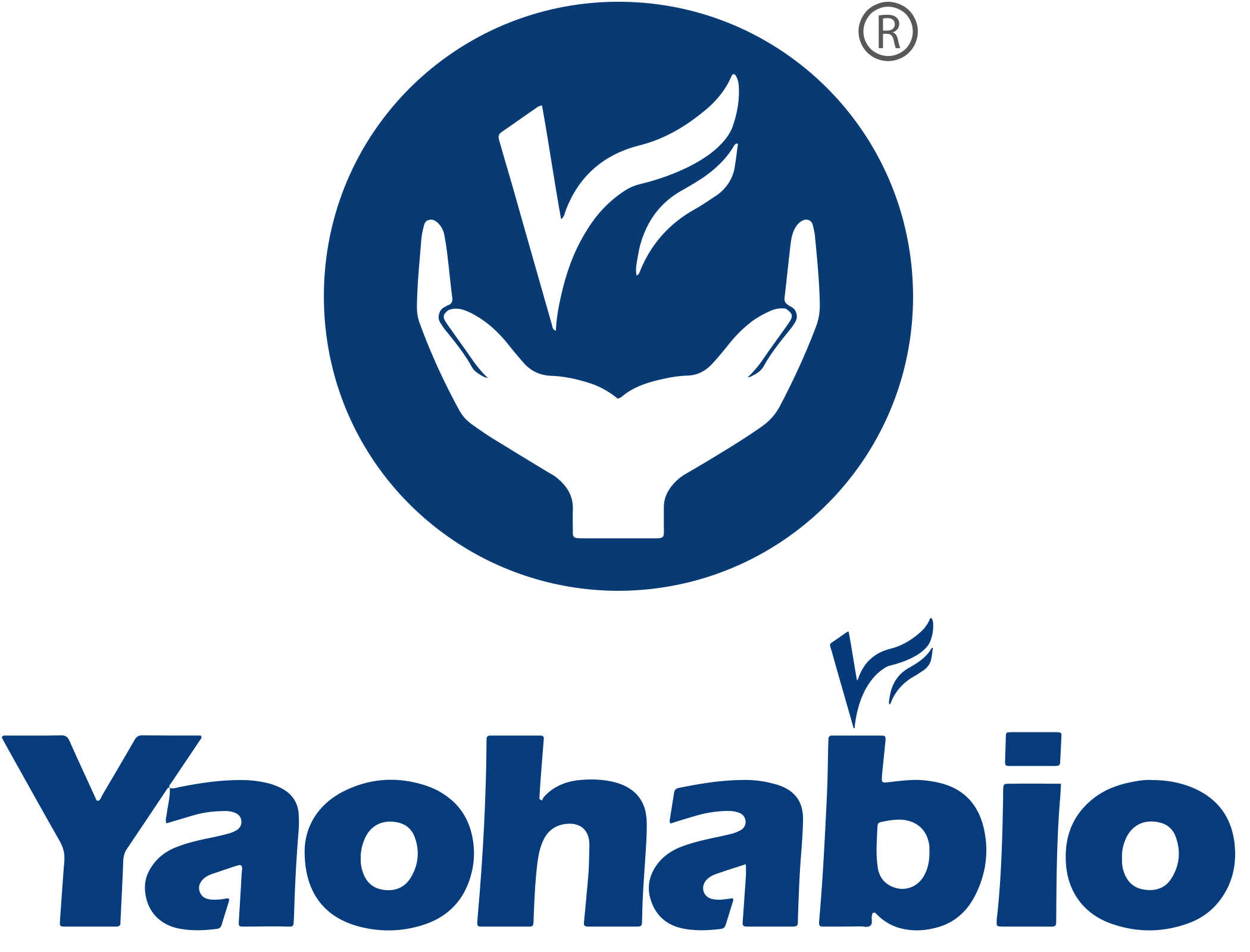Hepatitis E, an inflammation of the liver, is caused by the hepatitis E virus (HEV) infection that is transmitted mainly through contaminated water, via the fecal-oral route. An estimated 20 million HEV infections occur every year worldwide, thereby causing about 3.3 million symptomatic cases of hepatitis E, the most prevalent disease in East and South Asia. China has developed and approved a recombinant vaccine (Hecolin, HEV 239) to protect people from hepatitis E virus infection. However, the vaccines are not available in other countries.
HEV is a nonenveloped virus with a size of 27 to 34 nm and possesses an icosahedral capsid. There is the recognition of 4 major genotypes (HEV1, HEV2, HEV3, and HEV4) based on phylogenetic analyses of several HEV strains. The genome of this virus is single-stranded RNA (ssRNA); the HEV genome possesses three open reading frames (ORFs).
ORF1 encodes a nonstructural protein with functional domains.
ORF2 encodes the capsid protein in charge of virion assembly. HEV capsid protein contains three linear structural domains: the shell domain (S), the middle domain (M), and the protruding domain (P) possessing the neutralizing epitopes.
ORF3 encodes a multifunctional protein that may be involved in viral morphogenesis and release.
Application of HEV Antigen
HEV Capsid Protein (ORF2) in HEV Vaccine
In recent years, there have been great efforts to develop hepatitis E vaccines that apply the capsid protein (ORF2 protein) as a subunit or VLP.
The recombinant hepatitis E vaccine (Hecolin), also known as HEV 239, contains a 26 kDa protein encoded by ORF2 genotype 1 (HEV1) and expressed in Escherichia coli (E. coli). Purified HEV 239 binds to homodimers to form virus-like particles (VLPs) that are 23 nanometres in diameter. Produced by Xiamen Innovax Biotech, Xiamen China, the vaccine contains purified antigen and aluminium hydroxide, and was suspended in buffered saline. In 2012, China NMPA (formerly CFDA) approved the vaccine.
HEV Capsid Protein (ORF2) in Anti-HEV Testing
Explicit diagnosis of hepatitis E infection is usually made on the basis of a test practiced in people’s blood for specific anti-hepatitis E virus immunoglobulin M (IgM) antibodies to the virus. For the first time, three tests for HEV, containing anti-HEV IgM tests, are listed on the World Health Organization's Essential Diagnostic Laboratories (EDL) list to facilitate the diagnosis and monitoring of hepatitis E virus infections in 2023. In November 2023, Roche declared the roll-out of the Elecsys Anti-HEV IgM and Elecsys Anti-HEV IgG immunoassays to detect Hepatitis E virus infection in countries with CE Mark approval.
Anti-HEV IgM Assay
Anti-HEV IgM antibodies occur in the early period of the infection and show a current or recent infection. Elecsys Anti-HEV IgM is an immunoassay for the in vitro qualitative test of IgM antibodies to HEV in human serum and plasma. This Anti-HEV IgM applies recombinant proteins with structural domains of HEV ORF2 (genotype 1 and 3) as antigens in a µ-binding assay format for the qualitative detection of IgM antibodies to HEV.
Anti-HEV IgG Assay
Elecsys Anti-HEV IgG is applied as an aid to test a recent or past HEV infection being an immunoassay for the in vitro quantitative determination of IgG antibodies to HEV in human serum and plasma. For the quantitative assessment of IgG antibodies against HEV, the Anti-HEV IgG test uses recombinant proteins based on structural domains of HEV ORF2 (genotypes 1 and 3). The assay format is a double-antigen sandwich.
Yaohai Bio-Pharma Offers One-Stop CDMO Solution for HEV Antigen

 EN
EN
 AR
AR
 HR
HR
 CS
CS
 DA
DA
 NL
NL
 FI
FI
 FR
FR
 DE
DE
 EL
EL
 IT
IT
 JA
JA
 KO
KO
 NO
NO
 PL
PL
 PT
PT
 RO
RO
 RU
RU
 ES
ES
 SV
SV
 IW
IW
 ID
ID
 LV
LV
 LT
LT
 SR
SR
 SK
SK
 SL
SL
 UK
UK
 VI
VI
 ET
ET
 HU
HU
 TH
TH
 TR
TR
 FA
FA
 AF
AF
 MS
MS
 BE
BE
 MK
MK
 UR
UR
 BN
BN

